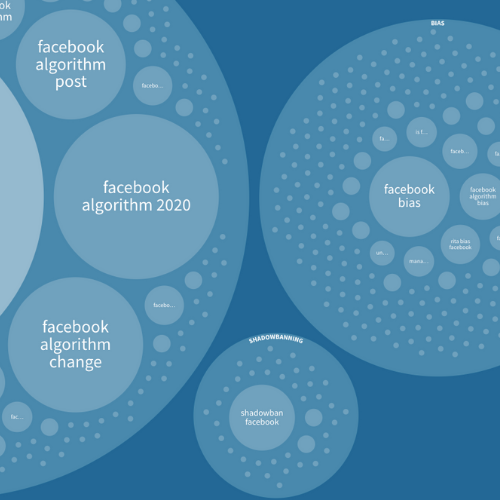This review originally appeared in the August 22, 2019 issue of The Content Technologist with the email subject line "Entity optimization + my tech stack," an outline of my software stack in August 2019, and a review of SEO entity optimization software Clearscope.
One of the most elusive and important concepts in search is the idea of the entity. In SEO, entities are the “topic clouds” or holistic concepts that surround a keyword. Entities relate to other entities, like galaxies within a universe. Creators can optimize for the entity of cake with words like frosting, vanilla and candles, which can connect to other entities: birthday parties, ice cream or dessert ideas, each with their own set of nouns and verbs that surround them.
Entity optimization is both extremely simple and maddeningly complex. It’s based in the unique nouns and verbs that are used to describe a topic. For writers, optimizing for an entity means incorporating nouns and verbs for a core topic. For UX designers, entity optimization means ensuring that all related entities are clearly linked and labeled.
The tricky thing about Entity Optimization is it’s a palimpsest, or a giant knot of collective algorithmic memory. Entity search is built upon twenty years of Google search data and web writing.
![Automation: a machine folds dough into a pretzel shape on a conveyor belt [gif]](https://cdn.substack.com/image/fetch/w_1100,c_limit,f_auto,q_auto:good/https%3A%2F%2Fbucketeer-e05bbc84-baa3-437e-9518-adb32be77984.s3.amazonaws.com%2Fpublic%2Fimages%2F201a65c2-09a3-4bc3-82a8-ce61af00897e_490x248.gif)
The best way to optimize for an entity is understand content already ranking around the query/intent you want to target. Content intelligence tools — any tool that suggests words and topics based on existing digital content — parse related search entities based on the content of top competitors or an owned database of keyword and search data.
Keep reading the Clearscope content intelligence tool review.
Hand-picked related content





